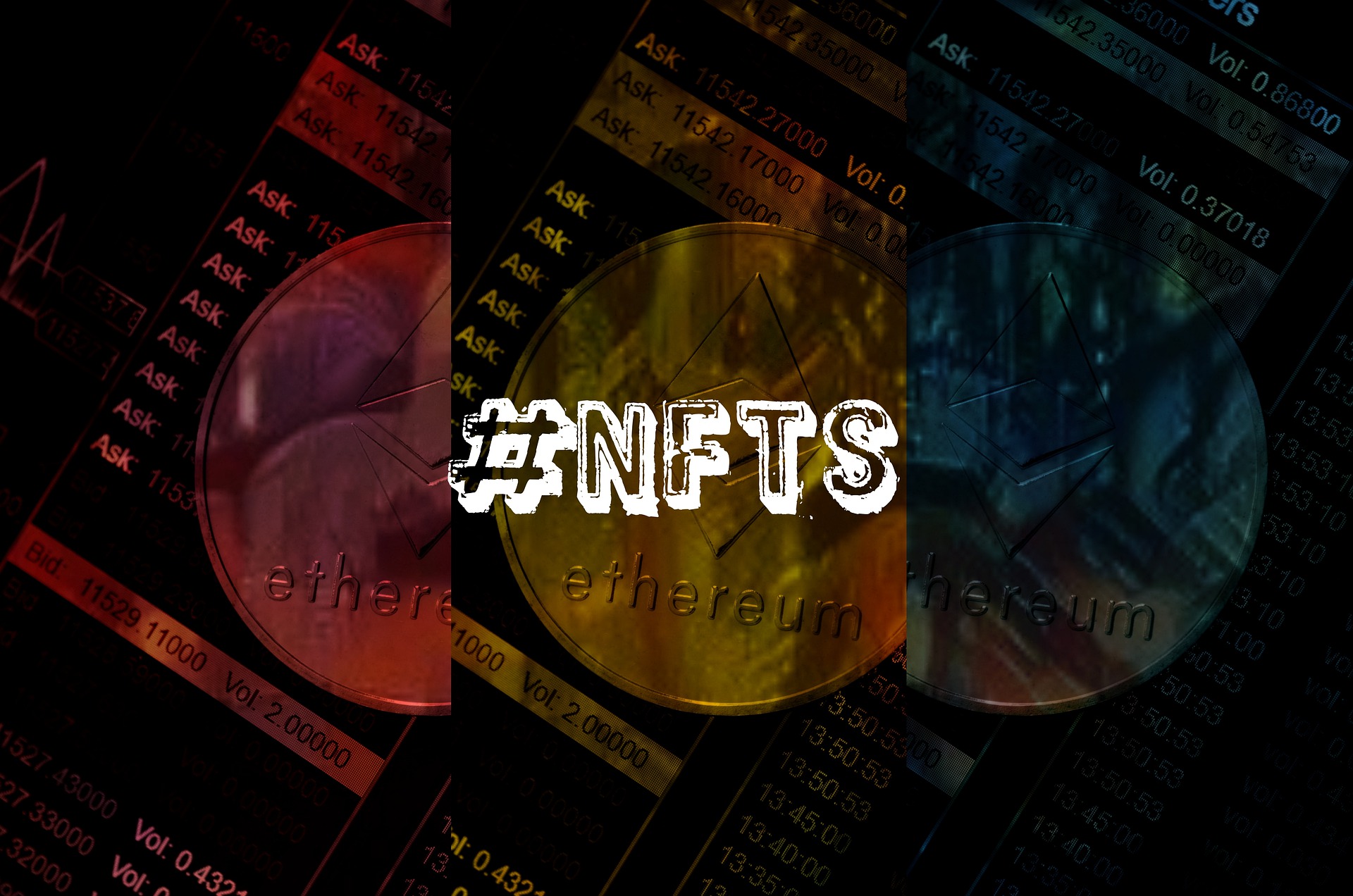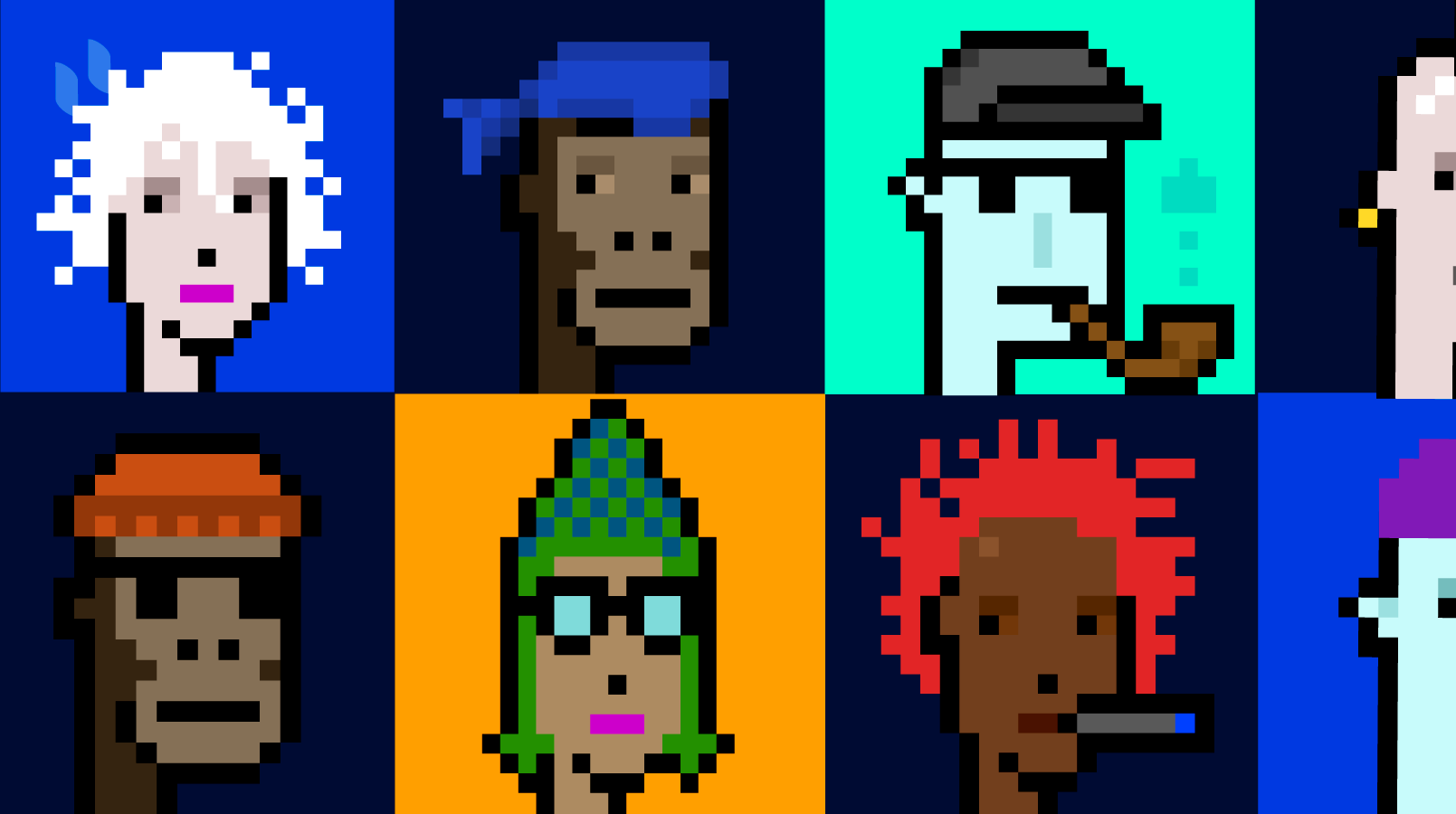First, NFTs are unique tokens. It is on a blockchain that contains all the data someone has purchased and provides proof of ownership. It is like a digital check that cannot be counterfeited. Digital art is not in a file, but can be easily displayed and interacted with via digital platforms like Terra Virtua. Proving ownership and authenticity is important in the art world, whether physical or virtual. In the physical aspect of the art industry, counterfeiting is a big problem, and despite the existing inspections and the presence of experts, there is still no reliable system.

Proving the authenticity of something, especially in the world of collectibles, plays a huge role in giving an item its ultimate value. Besides, that's good news. As anywhere else in the world, the less something, the more valuable it is. This brings us back to the question of why we can't NFTs can copied. With NFT, buyers will receive proof of ownership of the original when transacting, and there may be other digital versions or copy-and-paste counterfeiting, but this does not change the fact that the buyer has the original. Also, NFTs are permanent. Unlike digital assets in games like Fortnite, which disappear when the game goes offline, NFTs are always there. It outlasts both sellers and buyers. This means that the buyer can hold it for as long as he wants, take ownership and sell it or pass it on to posterity.
NFT owners can make money by owning their property. However, it has also sparked widespread debate as to whether “copying and pasting” of these digital images is suspected of infringing upon rights. These days, more and more people are starting to rent cryptopunk as their social media avatar, and renters can get the right to set their cryptopunk as their avatar for a set period of time. Their primary motivation for buying cryptopunk is to use it as their own unique social media “tag” and prevent others from copying the image.

So “renting” CryptoPunks increases a crucial question-why can't you replica and paste the NFT? In fact, if CryptoPunk handiest makes use of an avatar photo, it appears to be no unique from different avatars. Users can at once keep the CryptoPunk avatar as an “photo” format, after which add it to diverse social media systems for direct use as an avatar.
But its really well worth noting that this isn't like we generally keep different people's pictures and use them as our very own pictures. In the NFT field, copying different people's NFT is a sort of theft. We can`t proper-click on and keep a CryptoPunk at once. Used as a private avatar.
From a felony factor of view, ownership of NFT does now no longer automatically suggest ownership of authentic assets rights. The owner of the CryptoPunk photo owns the copyright that isn't transferred to the NFT purchaser, and the purchaser/proprietor of the NFT owns the token and the replica of the photo. There is a distinction among the two. In addition, it's miles usually believed that the customer of the CryptoPunk avatar photo does now no longer have the copyright to the photo, however has the proper to show the bought replica.
So the Theft of NFTs is like:
“If a man walks into an art gallery and takes a photo of a picture worth $Millions, the value of that picture copy is immediately zero.”
In the context of digital art, NFTs provide transparent and traceable ownership. Whenever an NFT is sent to another person, it is recorded on the blockchain. And this record is completely available to everyone. This allows the owner of an NFT-linked creation to verify that he owns the original art authenticated by the blockchain. You can also trade art in the future through NFTs.